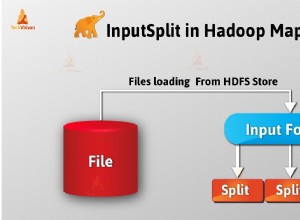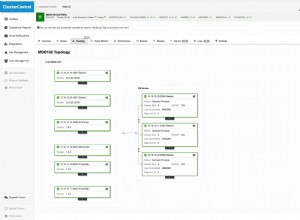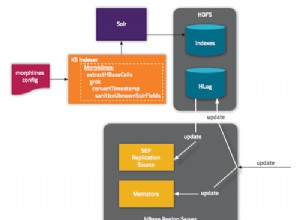Utilisez le cadre d'agrégation avec l'aide de $size
opérateur à partir de MongoDB 2.6 et versions ultérieures :
db.collection.aggregate([
// Project with an array length
{ "$project": {
"title": 1,
"author": 1,
"votes": 1,
"length": { "$size": "$votes" }
}},
// Sort on the "length"
{ "$sort": { "length": -1 } },
// Project if you really want
{ "$project": {
"title": 1,
"author": 1,
"votes": 1,
}}
])
Assez simple.
Si vous n'avez pas de version 2.6 disponible, vous pouvez toujours le faire avec un peu plus de travail :
db.collection.aggregate([
// unwind the array
{ "$unwind": "$votes" },
// Group back
{ "$group": {
"_id": "$id",
"title": { "$first": "$title" },
"author": { "$first": "$author" },
"votes": { "$push": "$votes" },
"length": { "$sum": 1 }
}},
// Sort again
{ "$sort": { "length": -1 } },
// Project if you want to
{ "$project": {
"title": 1,
"author": 1,
"votes": 1,
}}
])
C'est à peu près tout.




